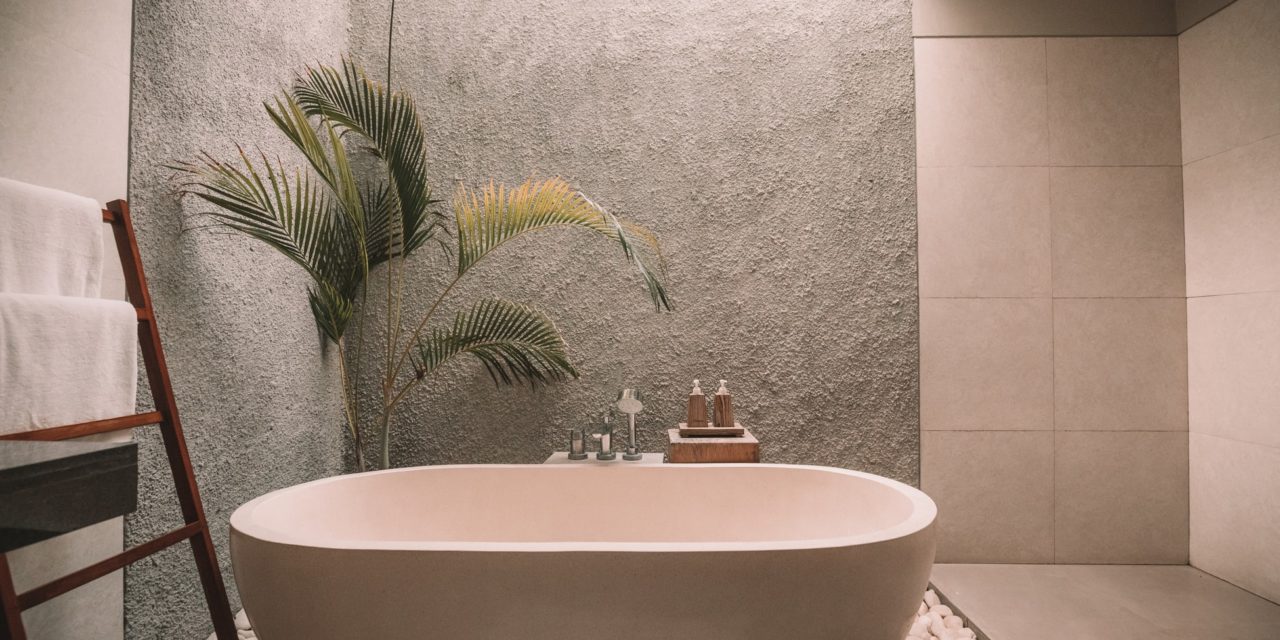[ad_1]
Hard water increases films and stains from soaps, minerals and other substances. Bathroom fixtures, sinks, dishes and other surfaces need more frequent cleaning. Calcium and magnesium in water leave hard deposits called lime scales on fixtures and equipment.
These minerals make cleaning products less effective. To clean away lime scale, you need a cleaning product with “sequestrants” Sequestrants capture and deactivate minerals in water (Calgon is one example of a product with sequestrants). The deactivated minerals then cannot react with other materials to form scum, film or lime scale.
Also, think acid. Anything with acidity can help clear away hard water stains on any surface. The general types of cleaners discussed below will help you to remove stains on household surfaces. It's best to clean stains away regularly. If they are allowed to penetrate the surface, they become more difficult to remove.
Be sure to follow label instructions for safe use of cleaners. You may need to open a window or use a fan to get proper ventilation. Store cleaners in a safe place and properly dispose of empty containers.
Basic Lime Stain Removal
* Scrub area with warm tap water to remove dirt and soap scum first. Wipe dry with towel or cloth afterwards. It's much harder to remove the lime stain itself with the dirt and soap scum intact, so you must first deal with the problem layer by layer, or else risk making the stain become worse and harder to get rid of.
* Vinegar or lemon juice may be rubbed over the stain to dissolve it. Many people use vinegar to clean coffee makers, dishwashers and garbage disposals. Go get yourself some Heinz white vinegar or even the generic stuff; it doesn't matter which. Soak a brush with the vinegar and start scratching the stain.
Lemon juice is suggested as well because it functions on the same principle as the white vinegar solution. You can just use the juice or scrub with the lemon itself; that is, cut a lemon in half and rub it directly on the stain.
The acetic acid of either method should cut through the soap scum and help dissolve the organic compounds left in the grime of your bathroom. Rinse thoroughly. After the stains dissipate, follow up often with white vinegar/lemon scrubbings to keep the stains from coming back
* Use a bronze brush and some bleach. Bleach is a chemical that removes color or whitens, often via oxidation. Common chemical bleaches include household “chlorine bleach”, a solution of approximately 3-6% sodium hypochlorite (NaOCl), and “oxygen bleach”, which contains hydrogen peroxide or a peroxide-releasing compound such as sodium perborate or sodium percarbonate.
Sodium hypochlorite is used in endodontics during root canal treatments, disinfecting the canal and dissolving any remaining pulp tissue; the same process is used in dissolving hard water buildup in bathrooms, sinks, pots and pans.
* Boil some rhubarb in an affected, lime-stained pot. Rubarb is a genus of perennial plants that grow from thick short rhizomes. The plants have large leaves that are somewhat triangular shaped with long fleshy petioles, and the latter are readily available in most grocery stores.
Rhubarb is particularly effective in lime stain removal because it soaks up most marks through the abundant amount of absorbic acid in it. When you're done, throw away the plant waste and then clean as usual.
* Ammonia may also do the trick, but it should never be mixed or used together with bleach because they can form toxic fumes.
* If all else fails, consider using stronger acids to finish the job. For example, oxalic acid is effective as a rust remover; phosphoric acid is often found in cleaning products that remove hard water deposits; and hydrochloric and sulfuric acids are sometimes used in diluted concentrations in toilet bowl cleaners.
Commercial Lime Stain Removers
Shop around if vinegars and lemons just aren't cutting it; you may need a more potent approach. Check out hardware stores and grocery aisles for more stringent chemical cleaners. Commercial products designed to remove white, hard lime deposit may be used if the label says they are safe for the surface.
* Lime-A-Way is a product found in most stores; if you have hard water, it is a must. You can use it for so many applications. To clean the sink and bathtub, spray it in the places with stains, and leave in on there for up to 15 minutes, depending on how dirty they are, and then wipe it and rinse off.
Once you wipe the sink/bathtub, use that same sponge to quickly go over the faucets: it makes them so shiny and clean, you'll think they're brand new.
* Bar Keepers Friend is a powder cleaner that works wonders on pots and pans. Do not use it on non -stick surfaces, though. Wet the surface of the pot and sprinkle a liberal amount of BKF onto the pot. Use a sponge to scrub in a circular pattern. Scrub away and rinse. Your pots will shine.
* Calgon is a product consisting of powdered sodium hexametaphosphate (amorphous sodium polyphospate), which in water would complex with ambient calcium ion and certain other cations, preventing formation of unwanted salts and interference by those cations with the actions of soap or other detergents.


